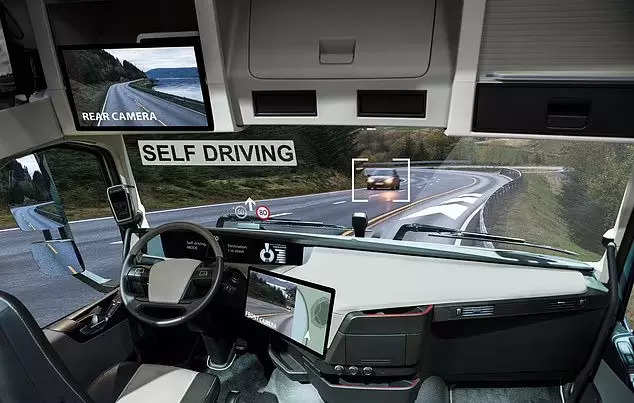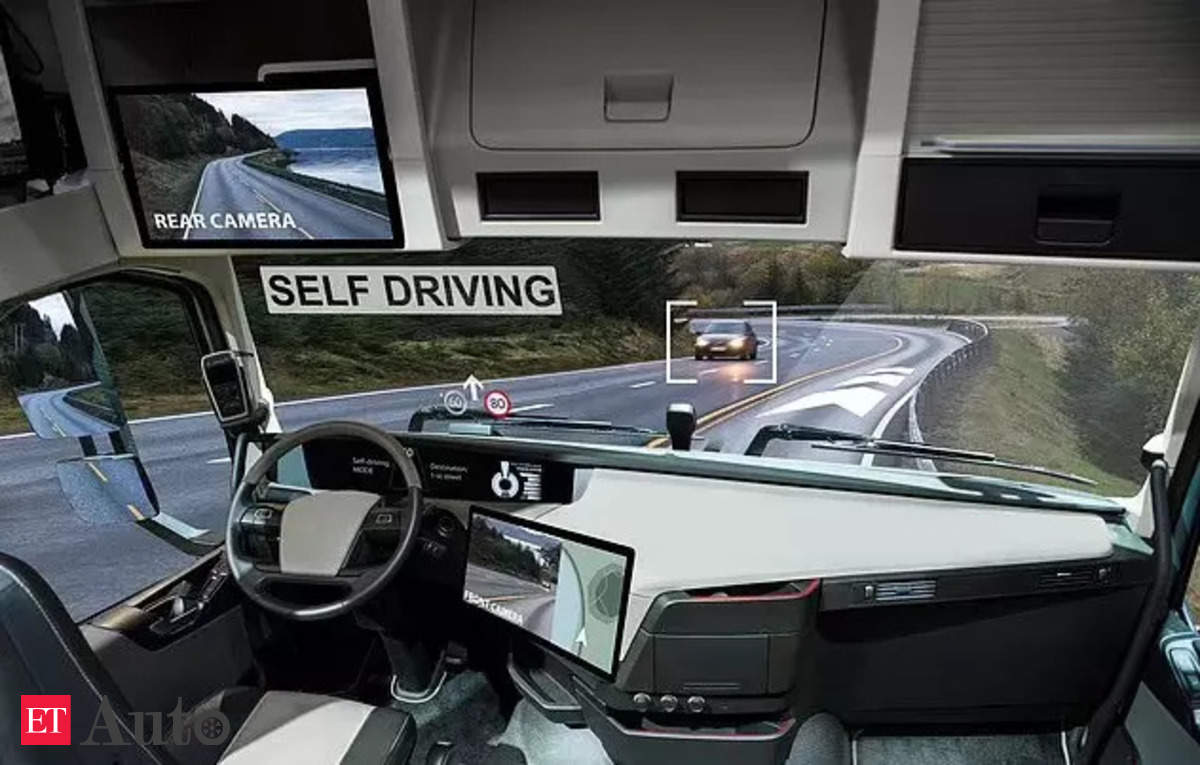
The UK stands to gain a significant economic boost of GBP 66 billion annually by 2040, thanks to the adoption of connected and automated mobility (CAM) technology, as outlined in a new report by the Society of Motor Manufacturers and Traders (SMMT).
CAM technology enables vehicles to operate autonomously and communicate with each other and infrastructure. Wider implementation of this technology could solidify the UK’s position as a global leader in the field and create 342,000 new jobs across various sectors, with 12,250 of them in automotive manufacturing. Moreover, the report suggests that by 2040, CAM technology could save 3,900 lives and prevent 60,000 serious accidents. It could also lead to reduced insurance premiums, less stressful commutes, and increased mobility for individuals with disabilities, while businesses would benefit from more efficient transportation and industrial processes.
Since 2015, there has been a significant investment of over GBP 600 million in CAM testing, both from the public and private sectors. To fully capitalize on these opportunities, the government and industry need to create conditions for the safe deployment of CAM technology in passenger cars, services, and commercial vehicles. While the UK is already well-positioned for CAM implementation in passenger cars, the report identifies significant growth opportunities in eight other markets.
The report, which is based on a study by KPMG and funded by Innovate UK with support from the Automotive Council and Zenzic, highlights that on-road logistics holds the potential to be the most substantial market, with an annual revenue of GBP 15.2 billion by 2040, emphasizing the importance of implementing CAM technology in commercial HGVs and vans.
Other markets with substantial potential include on-road passenger services (such as buses, taxis, and ride-hailing) and off-road logistics (vehicles used in warehouses, ports, and airports), which could yield annual revenues of GBP 3.7 billion and GBP 2.3 billion by 2040, respectively. Early deployment opportunities may also arise in the mining and agricultural sectors due to their relatively controlled environments.
The success of CAM technology adoption largely depends on government action, including the implementation of regulatory and legislative reforms, with a particular focus on self-driving vehicles. Removing barriers to regulatory reform and supporting private sector investment, innovation-driven growth, workforce digital upskilling, and public engagement through educational initiatives are essential steps to realize the potential of CAM technology.
In the words of Mike Hawes, SMMT Chief Executive, “Government must work with all stakeholders to implement the necessary framework needed to deliver this exciting revolution swiftly and effectively, ensuring that consumers can reap the lifesaving and cost-saving benefits. Failing to do so risks leaving the UK in the slow lane, jeopardizing our competitiveness and impeding growth and job creation.”
The report has received endorsements from various industry leaders, who recognize the enormous opportunities presented by the adoption of CAM technology in the UK. They emphasize the potential for economic, societal, and environmental benefits, along with the transformative impact on road safety and accessible transportation. The future of connected and automated mobility in the UK is promising, but it requires decisive action and collaboration between public and private sectors to become a reality.









